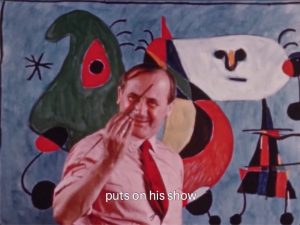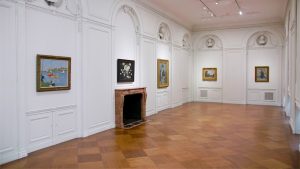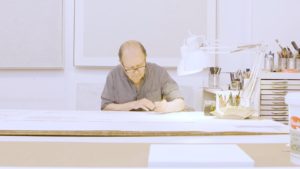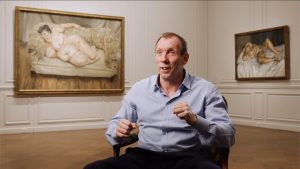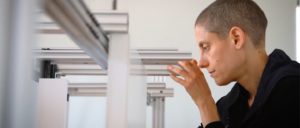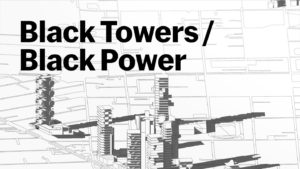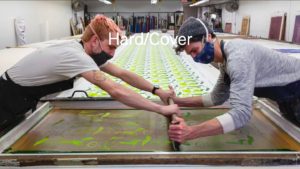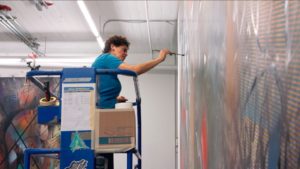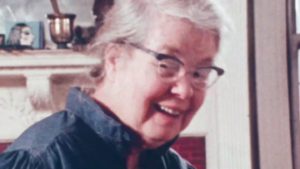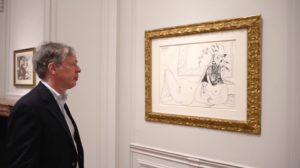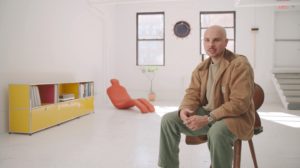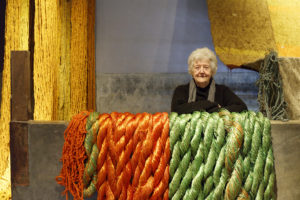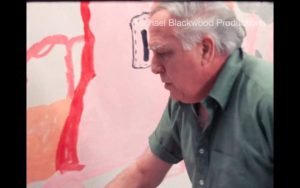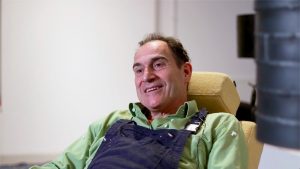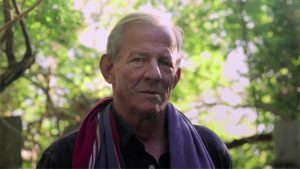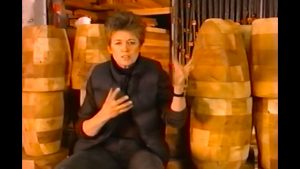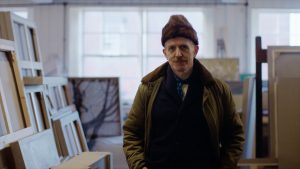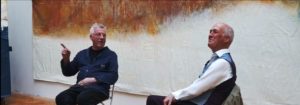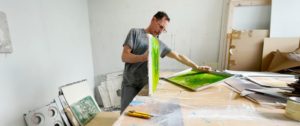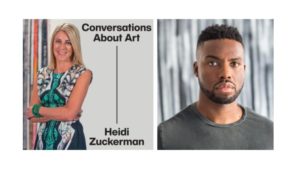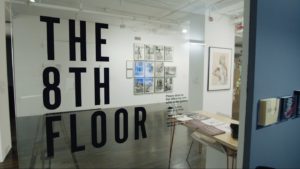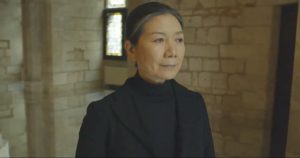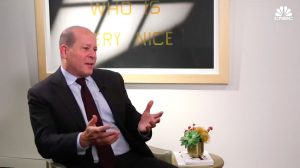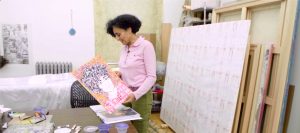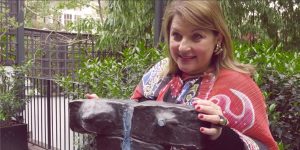“… but Miró was a great, great inventor. He was finding his own way by himself. He was a risk-taker. And I think that being able to really create 400 bronze sculptures in such a small period of time was a great challenge. Because as he told his friend Calder, ‘I am an established painter but a young sculptor.’” — Joan Punyet Miró
One of the most revelatory shows of this past winter season in New York was the recently closed Miró the Sculptor: Elements of Nature, at Acquavella Galleries. The show focused on the monumental output of bronze sculptures Joan Miró (1893-1983) created in the last 17 years of his life. If you missed the exhibition, don’t miss this video, filmed at Acquavella Galleries and on location at the artist’s stunning and recently-opened-to-the-public farmhouse and studio in Mont-roig, Spain. Miró’s grandson Joan Punyet Miró, and Acquavella director Michael Findlay speak about the creativity and the process of creating this extraordinary body of work.
From Acquavella Galleries:
Late in his storied career characterized by a lifelong love of experimentation, Joan Miró dedicated himself to sculpture, working initially in ceramic before making works which were cast in bronze. The artist created over three hundred bronzes between 1966 and his death in 1983. Unflagging in his aim to explore and redefine the medium of sculpture, at age 81, Miró shared his enthusiasm with his friend Alexander Calder: “I am an established painter but a young sculptor.”
The 23 bronzes on view in Miró the Sculptor: Elements of Nature date from 1966–1975, the decade spanning from the creation of the artist’s first monumental bronzes through the opening of the Fundació Joan Miró in Barcelona. The works focus on some of the artist’s most significant subjects, including abstracted birds and metaphorical portraits of women incorporating found objects such as wooden boxes, rocks and stones, a high chair, and shoes.
Video produced by Bower Blue.


